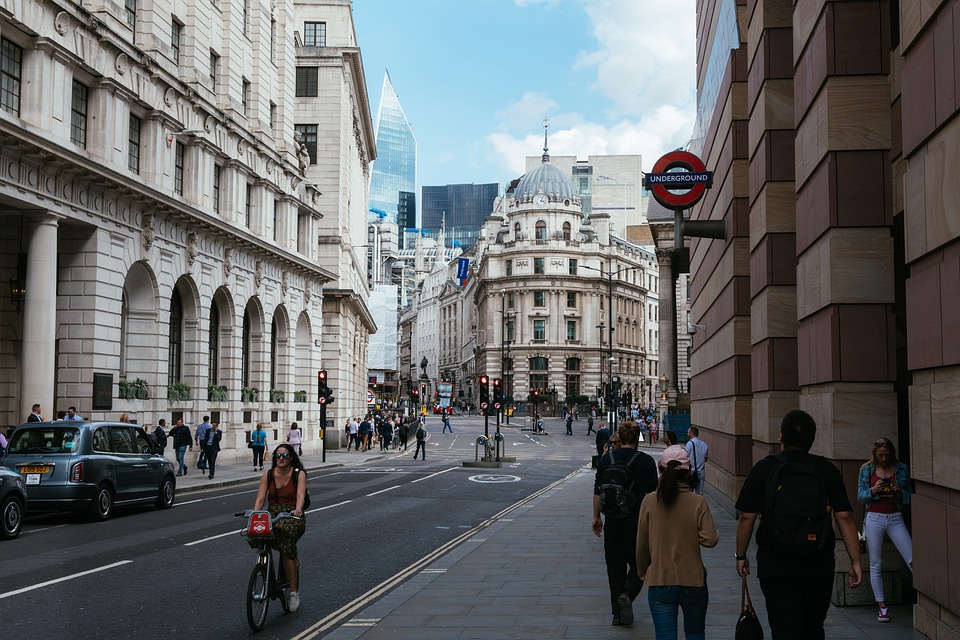Andrew Bailey hosts his second BoE meeting, but the volatility could come from forecasts rather than any shift in their monetary policy framework.
When and where?
With the Covid-19 crisis keeping everyone locked up, the forthcoming Bank of England (BoE) monetary policy meeting will be virtual, taking place on Thursday 7 April 2020. Most notably, this announcement will take place at 7am local time, rather than the usual midday timing.
Will we see any change to monetary policy?
The coronavirus crisis has seen central banks across the globe push the boat out in a bid to minimise the fallout from global lockdowns that have affected businesses and individuals alike.
In the UK, Governor of the BoE Andrew Bailey didn’t mess about, slashing interest rates to 0.10% and expanding the quantitative easing (QE) program by £200 billion in his first week as the governor. That QE programme stands at £645 billion, and remains a tool which could be expanded when it is deemed necessaryto support the governments push to mitigate the virus fallout. Some have speculated that the timing of this meeting (pre-market open) could highlight a potential market moving announcement such as further QE in the offing. On the interest rate side of things, there is arguably little left to benefit from implementing lower rates, with the restrictions on movement and businesses inhibiting the ability to borrow and invest.
With that in mind, markets are currently pricing in a 99% chance that the committee will keep rates steady at the forthcoming meeting.
What should we look out for?
Perhaps the most interesting part of the meeting comes in the form of the forward looking guidance on where inflation and particularly growth could be in the quarters ahead.
With UK prime minister Boris Johnson showing few signs of reopening the economy in the coming weeks, the global growth picture for second quarter (Q2) is dour. For markets, this expectation of huge economic contraction could see the pound hit hard, with some looking for a figure in the -35% region for the quarter. From an inflation perspective, we are seeing global disinflation take hold, and that is likely to be reflected in forecasts. Remember that low inflation also means looser monetary policy for the foreseeable future irrespective of the coronavirus response needs.
Aside from the growth and inflation forecasts, markets will also be on the lookout for guidance on how the BoE sees the recovery playing out. Thinking back to the Federal Reserve (Fed) and European Central Bank (ECB) meetings from last week, there has been a clear focus on avoiding expectations of a sharp v-shaped recovery for growth, with the road back to health likely to be drawn out given the speculation that it could take over a year to create a vaccine or cure for this virus.
Where now for the pound?
The pound has been on the rise since its mid-March low, with the pair ultimately reaching resistance at the 200-day simple moving average (SMA) level. That has proven a key roadblock to further gains, with the second attempt to break higher once again faltering at that indicator.
This could be a bearish signal coming into play, with the rally seen over almost two-months looking like a potential retracement and precursor to further downside. Much of that sentiment will be driven by wider market movements, with GBP/USD looking remarkably like the FTSE 100 given the inverse correlation between the dollar and global stocks. Nevertheless, there is a chance we could see the pound suffer if forecasts signal potentially a huge decline in Q2 gross domestic profit (GDP).
With that in mind, we could ultimately top out at the 200-day SMA, with a breakdown below 1.2247 providing a bearish reversal signal. As such, the wider outlook will be determined by the ability to break either 1.2247 or 1.2648.
By Joshua Mahony
Source: IG

